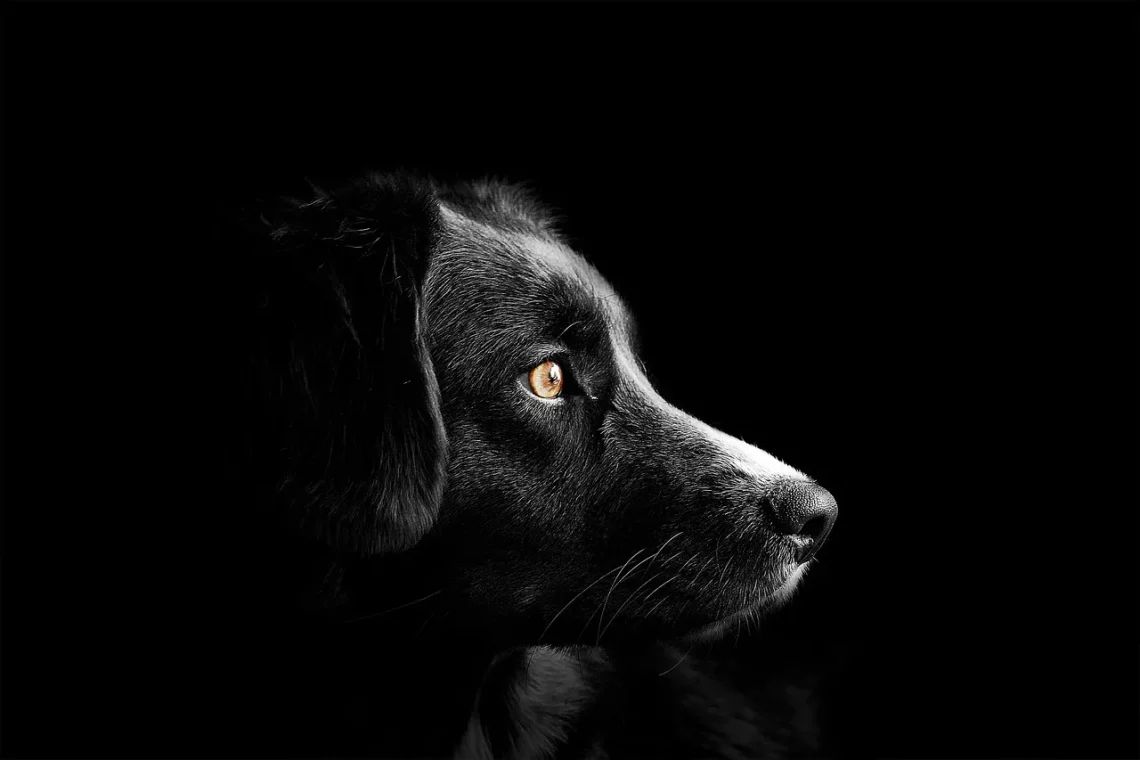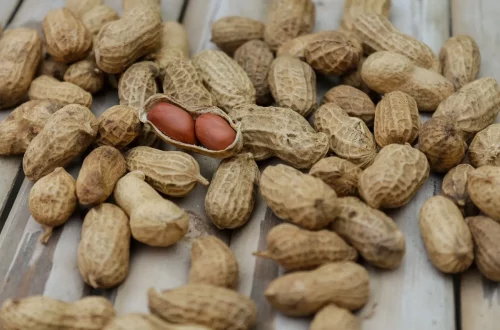
Exploring the Unique Dog Breeds and Culture of Peru
Peru, a country rich in cultural heritage and breathtaking landscapes, is also home to a fascinating array of dog breeds that reflect its diverse history and traditions. From the high-altitude Andes to the coastal regions, Peru’s unique geography has given rise to distinct canine companions that have evolved alongside its people. These breeds not only serve practical purposes, such as herding and guarding livestock, but they also hold significant cultural value, often featuring in local folklore and traditions.
The connection between Peruvians and their dogs goes beyond mere companionship; it’s a bond that encompasses history, identity, and community. Many of these breeds have deep roots in pre-Columbian times, showcasing the enduring relationship between humans and animals. As you explore the vibrant culture of Peru, you’ll find that dogs play an integral role in the daily lives of its people, whether as loyal companions or as part of traditional celebrations.
In this exploration of Peru’s unique dog breeds and their cultural significance, we will delve into the characteristics of these animals, their historical contexts, and how they are currently perceived in Peruvian society. This journey will not only highlight the beauty of these breeds but also provide a glimpse into the heart of a nation where dogs are cherished members of the family.
Understanding Peru’s Indigenous Dog Breeds
Peru is home to several indigenous dog breeds, each with its own unique characteristics and historical significance. Among the most well-known is the Peruvian Hairless Dog, or “Perro Sin Pelo del Perú.” This breed is distinct for its lack of fur, which makes it stand out in a crowd. Its origins can be traced back to ancient civilizations, such as the Inca, who revered these dogs as companions and believed they had healing properties.
The Peruvian Hairless Dog is known for its friendly and affectionate demeanor, making it an excellent family pet. These dogs are highly adaptable and can thrive in various living conditions, from urban apartments to rural homes. Additionally, their hairless nature requires specific care, including protection from the sun and regular moisturizing to keep their skin healthy.
Another indigenous breed is the Peruvian Cholo, also known as the Perro Cholo. This breed is recognized for its distinct appearance, featuring a short coat and a sturdy build. The Cholo has historically been used for herding and guarding livestock, showcasing its versatility and loyalty. Despite facing challenges over the years, this breed has seen a resurgence in popularity, with enthusiasts working to preserve its lineage.
Both the Peruvian Hairless Dog and the Cholo represent not only the biodiversity of canine companions but also the cultural identity of Peru. They are symbols of pride and heritage for many Peruvians, and efforts to promote and protect these breeds are ongoing. As you delve deeper into the world of Peruvian dogs, you’ll discover how these breeds reflect the spirit of a country that values its history and traditions.
The Role of Dogs in Peruvian Culture and Traditions
Dogs have played a significant role in Peruvian culture for centuries, serving various purposes that go beyond companionship. In rural areas, for instance, dogs are essential for herding and guarding livestock, helping farmers protect their flocks from predators. This practical relationship has fostered a deep bond between dogs and their human counterparts, rooted in mutual respect and reliance.
In addition to their practical roles, dogs also feature prominently in Peruvian folklore and traditional celebrations. Many communities celebrate the bond between humans and dogs through festivals and rituals. For instance, during the festival of San Juan, which honors Saint John the Baptist, dogs are often included in the festivities, symbolizing their importance in the lives of the people.
Furthermore, the spiritual significance of dogs in Peruvian culture cannot be overlooked. In ancient times, it was believed that dogs served as guides for the souls of the deceased, helping them navigate the afterlife. This belief has led to various customs, including the practice of burying dogs alongside their owners, ensuring they would continue to accompany them in death.
As modern Peru continues to evolve, the role of dogs remains significant, with many families considering their pets as beloved members. This cultural shift has resulted in the rise of dog training schools, pet grooming services, and even dog-friendly cafes, reflecting the changing attitudes toward canine companions. In urban areas, the bond between people and their dogs has become a symbol of love and loyalty, reinforcing the idea that dogs are not just pets but integral parts of the family.
Challenges and Conservation Efforts for Peruvian Breeds
Despite the rich heritage of Peruvian dog breeds, they face numerous challenges that threaten their existence. One of the primary issues is the impact of globalization and urbanization, which has led to a decline in traditional breeding practices. As urban areas expand, the demand for more popular, non-indigenous breeds increases, often overshadowing the unique characteristics of native breeds.
Additionally, issues such as overbreeding and neglect have affected the health and welfare of these indigenous dogs. Many of them end up in shelters or on the streets, facing abandonment and lack of proper care. This situation calls for immediate attention and action from both the government and local communities.
In response to these challenges, various organizations and breed enthusiasts are working tirelessly to promote and conserve Peru’s indigenous dog breeds. These efforts include educational programs to raise awareness about the importance of preserving native breeds, as well as initiatives aimed at encouraging responsible ownership and breeding practices. Furthermore, dog shows and exhibitions highlight these breeds, showcasing their unique qualities and fostering appreciation among the public.
Conservation efforts also extend to veterinary care and rehabilitation programs for stray dogs. Many shelters are dedicated to rescuing and rehabilitating abandoned dogs, providing them with medical care and finding them loving homes. Through these initiatives, the hope is to improve the overall welfare of dogs in Peru, ensuring that future generations can enjoy the companionship of these remarkable breeds.
The journey toward conservation is a collective effort, requiring the support of communities, government, and dog lovers alike. By prioritizing the welfare of indigenous breeds, Peru can preserve its rich canine heritage while promoting a culture of compassion and responsibility toward all animals.
The Future of Peruvian Dog Breeds
The future of Peruvian dog breeds holds both promise and challenges as the country navigates a rapidly changing landscape. With the increasing globalization of pet culture, there is a growing interest in unique and indigenous breeds, providing an opportunity for Peruvian dogs to shine on the international stage. This interest can lead to greater awareness and appreciation for these breeds, as well as increased demand for ethical breeding practices.
As more people become aware of the historical and cultural significance of Peruvian breeds, there is potential for a renaissance in their popularity. Educational campaigns that highlight the unique characteristics of these dogs can play a crucial role in attracting new owners who value the rich heritage these breeds represent. By fostering a sense of pride in these animals, Peruvians can help ensure their continued existence and thriving presence in the community.
Moreover, as urbanization progresses, there is an opportunity to integrate these breeds into modern lifestyles. For example, initiatives that promote dog-friendly spaces in cities can encourage responsible pet ownership and strengthen the bond between humans and dogs. By creating environments where dogs can thrive, communities can embrace their canine companions as vital members of society.
Ultimately, the future of Peruvian dog breeds lies in a delicate balance between preserving tradition and embracing modernity. As the nation continues to evolve, there is hope that the unique characteristics and cultural significance of these breeds will be celebrated and protected for generations to come. In doing so, Peru can honor its past while paving the way for a bright future filled with love, companionship, and respect for all living beings.
In conclusion, the exploration of Peru’s unique dog breeds and their cultural significance reveals a rich tapestry of history and tradition. These breeds are not only integral to the country’s identity but also embody the deep bond between humans and animals. By recognizing the importance of preserving these breeds and promoting responsible ownership, Peru can ensure that future generations will continue to celebrate the unique canine heritage that has shaped its culture.



